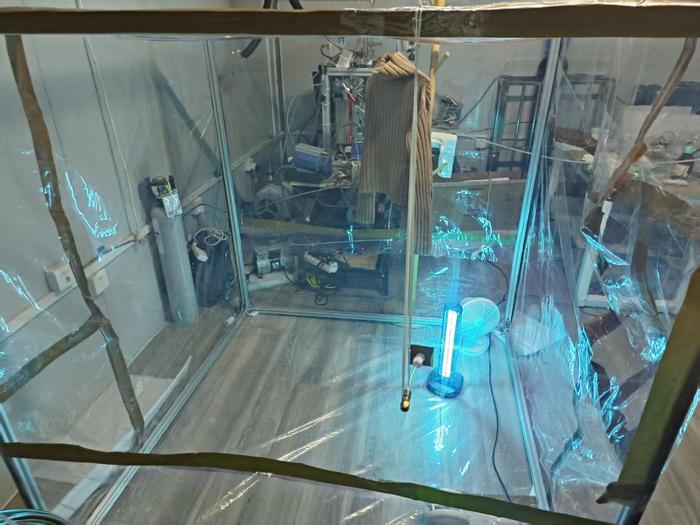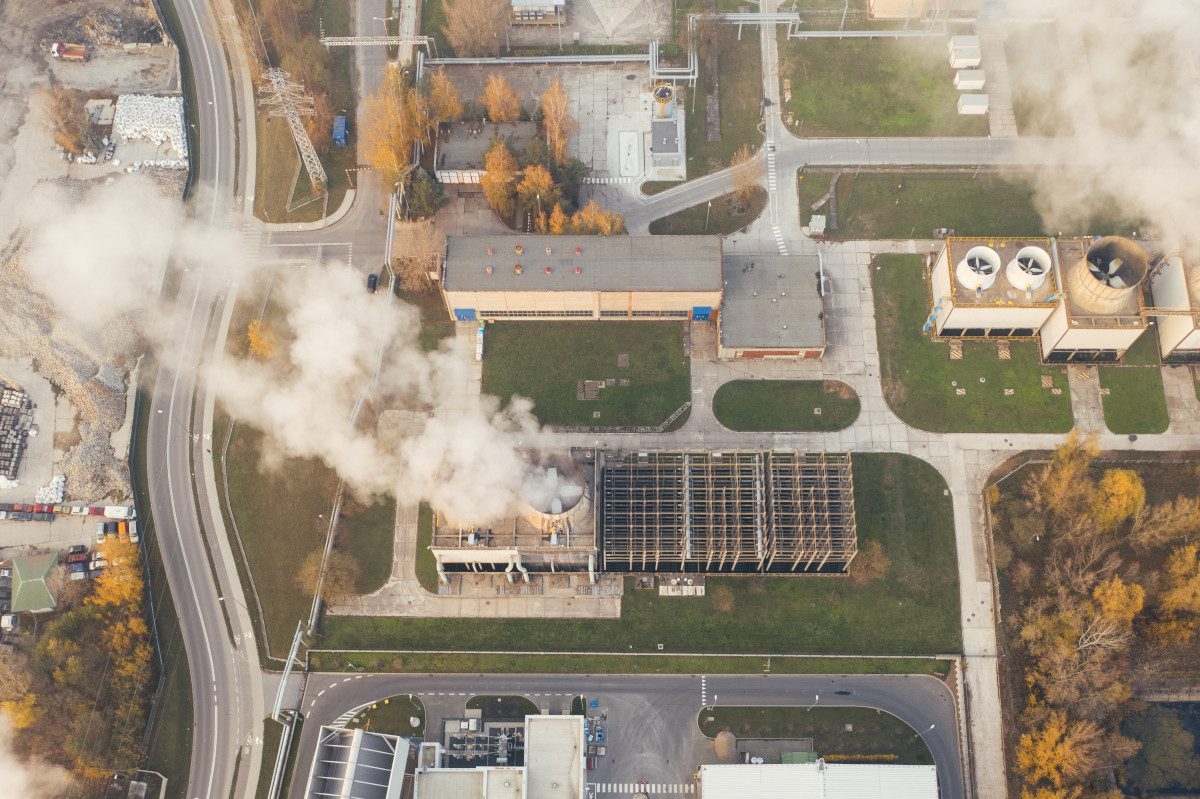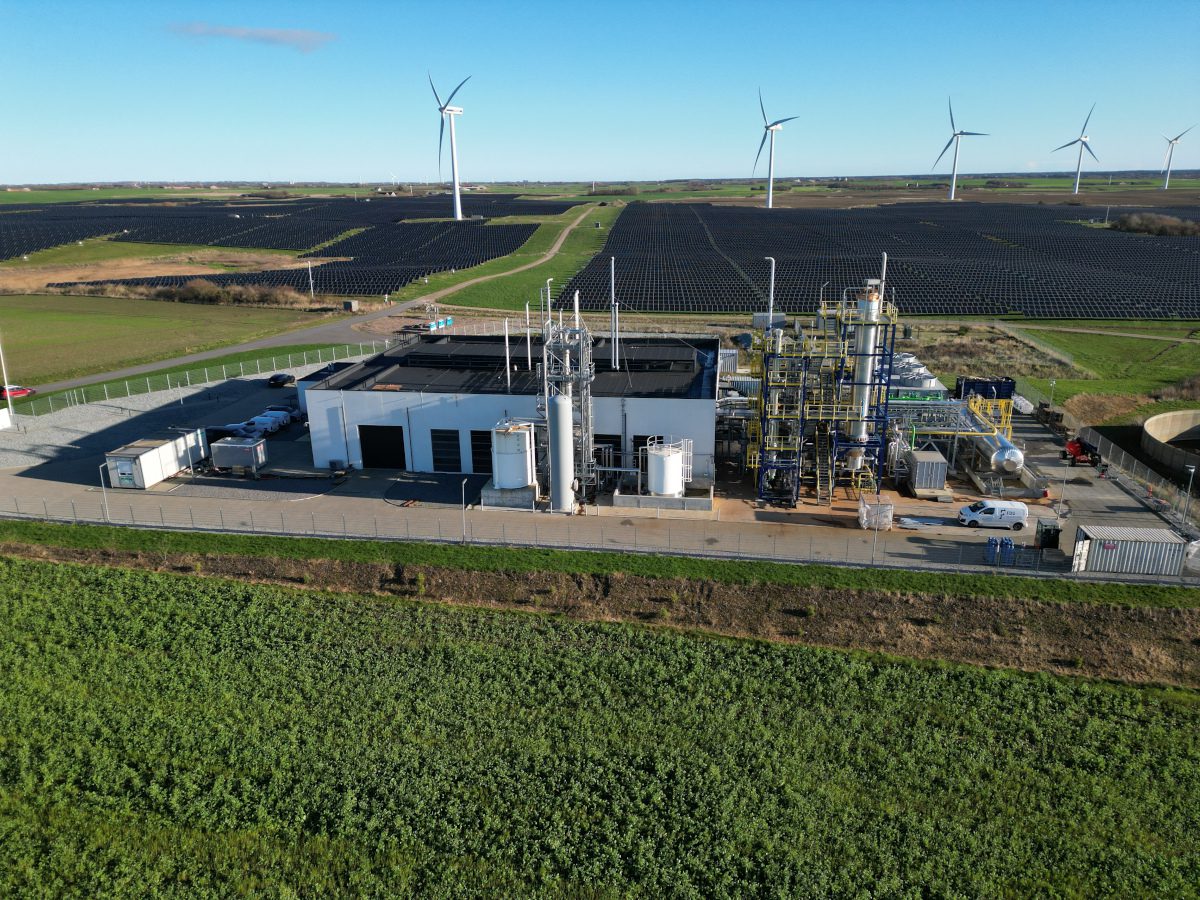When a baseball-size hailstone slams into a solar panel at more than 90 mph, the result is not pretty.
We saw this in March, when a hailstorm decimated parts of the 350-megawatt Fighting Jays solar project in southeast Texas. Images circulated on social media and in news coverage of thousands of panels pockmarked with white circles of broken glass. Right-wing outlets were eager to amplify what they saw as evidence of the unreliability of solar power.
The reality about hail and solar panels is more complicated, and not so grim.
Solar developers and manufacturers have taken steps to reduce the risk from hailstorms, which involves a combination of sophisticated weather forecasting and panels that can turn to avoid direct hits. I recently spoke with some of the people doing this work.
We’re hiring!
Please take a look at the new openings in our newsroom.
See jobs
First, let’s lay out the problem: Climate change is contributing to an increase in the severity of storms, including hailstorms.
At the same time, solar is the world’s fastest-growing electricity source, according to the International Energy Agency, and part of a mix of renewable sources that are on track to produce the majority of the world’s electricity by mid-century.
Right now, examples of hailstorms wrecking solar farms are rare enough that they’re still notable, like the one this year in southeast Texas, and one last year in western Nebraska. But what about in 20 years, when hailstorms are likely going to be more severe and solar will cover much more ground?
There is no perfect method for protecting solar panels from hail, but there are ways to reduce the risk.
“There’s actual mitigation that can be done,” said Renny Vandewege, vice president of weather operations for DTN, the Minnesota-based company whose subscription-based products include weather forecasting for use by energy companies.
“We’ve patented the ability to measure the occurrence in the size of hail within radar technology,” he said. “Scanning the storms, you get feedback that says that a storm is producing hail two inches in diameter, or whatever the scenario.”
This data is most useful if a solar array has equipment that can respond to an approaching storm by adjusting the panel angle to reduce damage.
Nearly all utility-scale projects being built today use trackers, which are systems that turn the panels during the day to follow the sun. Some of those trackers have the capability to go into “stow” mode, which means they quickly turn to avoid a direct hit.
For example, Nextracker, the California-based manufacturer of solar tracking systems, sells a hail mitigation product that connects weather forecasts from DTN and others, and uses the data to adjust panel angles ahead of hailstorms. The systems are operated with software that can be used both on-site and remotely, and they have battery backups to function during power outages.
“Will solar continue to get developed and built in hail regions? The answer is yes,” said Greg Beardsworth, senior director of product marketing at Nextracker. “The way that will happen is through a combination of understanding the magnitude of the risk based on location, selecting the appropriate combination of module technology and tracker stowing capabilities.”
The places with the highest risks tend to be in the region sometimes called Tornado Alley, which includes much of the Midwest plus Oklahoma and portions of Texas.
When Beardsworth talks about module technology, he means that some solar panels are being built to be more resistant to damage from large hail. In addition to stronger panels, developers can buy products, like the ones sold by Nextracker, that tilt panels to angles that avoid direct hits.
The use of stowing trackers got a test in 2022 when a hailstorm hit the Prospero 1 and Prospero 2 solar farms in West Texas, which implemented Nextracker equipment.
According to a case study written by Nextracker and the projects’ developer, Longroad Energy, the storm had whiteout conditions and hailstones that ranged from two to three inches in diameter. The panels were stowed at a 60-degree angle, which was the steepest setting at that time.
In the end, the panels had almost no damage in areas of the solar farms that got hit with two-inch hail. About one-third of the panels had damage in areas with three-inch hail.
This was a partial success, but people who studied the data found that the damage could have been even less. VDE Americas, an engineering firm that provides technical advice to energy companies, reviewed data from the storm and concluded the probability of damage could have been reduced almost to zero if the panels had been stowed at a 75-degree angle instead of 60 degrees. (The case study appears in a report issued this month by kWh Analytics, a company that sells insurance and data analytics to renewable energy producers.)

I’d like to see more research on this. None of what I’m citing has been peer reviewed, and the positive talk about these products is coming from the people selling them.
But it makes sense to me that hail damage can be reduced if a solar farm operator knows when a storm is coming and can shift panels so that the impacts are glancing blows rather than direct collisions.
Turning back to the damage at the Fighting Jays solar farm, the co-owner of the project, Copenhagen Infrastructure Partners, issued a statement in the days after the storm, saying “the plant continues to safely operate at a reduced capacity.”
The company said the damaged panels “contain no cadmium-telluride and we have identified no risk to the local community or the environment.” A spokesperson said this week that he had no update from that statement.
The mention of cadmium-telluride is a nod to the ludicrous coverage of this incident by outlets such as Fox News. As I’ve written before, opponents of solar power like to raise red flags about the alleged danger to human and animal health from solar panels that contain cadmium. But cadmium is only in a tiny share of panels on the market, and the solar industry uses a form of cadmium that is safer than the form that fuels the scare stories.
The concerned residents whom Fox News interviewed included local activists who oppose solar and who were using untrue or misleading talking points. (Media Matters for America, the left-leaning nonprofit, has a good roundup of who these people are and how their statements were taken at face value.)
I asked the county emergency management office if there was any evidence of environmental harm because of damage at the solar farm. The office said this question falls under the jurisdiction of the Texas Commission on Environmental Quality.
This story is funded by readers like you.
Our nonprofit newsroom provides award-winning climate coverage free of charge and advertising. We rely on donations from readers like you to keep going. Please donate now to support our work.
Donate Now
The response I got from the state office does not indicate that the cracked panels are a public health crisis.
“TCEQ was contacted by the Fort Bend County Emergency Coordinator about this issue, and we will coordinate with them, as needed,” said Victoria Cann, a spokeswoman for the commission.
For people who work in the solar industry, the damage is horrifying and the coverage of it is frustrating.
“It was a lot of loud voices and not a lot of fact or valid analysis,” Beardsworth said.
Other stories about the energy transition to take note of this week:
Republican-Leaning Areas Remain the Biggest Winners of Biden’s Green Climate Policies: The vast majority of announced investments tied to the Inflation Reduction Act have gone to Republican congressional districts, according data from the nonpartisan Rhodium Group and MIT. This is despite Republican opposition to the law and vows by members of the party to repeal parts of the law if they regain control of the presidency and both houses of Congress, as Ella Nilsen and Renee Rigdon report for CNN.
Senate Confirms FERC Nominees, Restoring the Agency to Its Full Five Members: The U.S. Senate has confirmed three nominees for the Federal Energy Regulatory commission, which means every seat is full after a period in which there were two vacancies in the five-member panel, as Ethan Howland reports for Utility Dive. The new commissioners are Judy Chang, a former undersecretary of energy and climate in Massachusetts under former Republican Gov. Charlie Baker; David Rosner, a FERC energy industry analyst who has been on loan to the Democratic staff in the U.S. Senate; and Lindsay See, the West Virginia solicitor general. Chang and Rosner are Democrats and See is a Republican. The three will fill the open seats plus the seat being vacated by Allison Clements, a Democrat whose term is ending. Democrats will have a 3-2 majority on the commission once the new members are sworn in. FERC plays an important role in the energy transition and the new members will help to broaden the expertise of the panel as it deals with complicated issues related to energy markets, transmission development and much more.
Midwest States Have Approved Hundreds of Renewable Energy Projects. So Why Aren’t They Online? My colleague Kristoffer Tigue looks at the many factors that are slowing down development of renewable energy in the Midwest. The problems include long delays in approving grid connections by regional grid operators. Another issue is difficulty in obtaining parts needed to complete projects. As a result, states such as Minnesota are having trouble building projects at a pace that will allow them meet clean energy targets.
Vermont’s Legislature Overrides Governor to Pass Renewable Energy Requirement: The Democrats who control both chambers of the Vermont General Assembly voted to override a number of vetoes issued by Gov. Phil Scott, a Republican. The overrides included a bill that requires utilities to get all of their electricity from renewable sources by 2035. Scott had said the bill would be too costly for consumers, as Lisa Rathke reports for the Associated Press.
When Will America Get Its $25,000 Electric Car? Even with falling prices, the cheapest electric vehicles in the United States are outside of the price range of most buyers. But automakers have plans to introduce lower-cost models. Tom Randall of Bloomberg has put together a roundup of which models are coming and when, including a redesigned Chevrolet Bolt next year and an electric version of the Jeep Renegade that is coming “very soon” according to Stellantis, Jeep’s parent company. Tesla and Ford also have plans, but with fewer details.
Inside Clean Energy is ICN’s weekly bulletin of news and analysis about the energy transition. Send news tips and questions to [email protected].

















